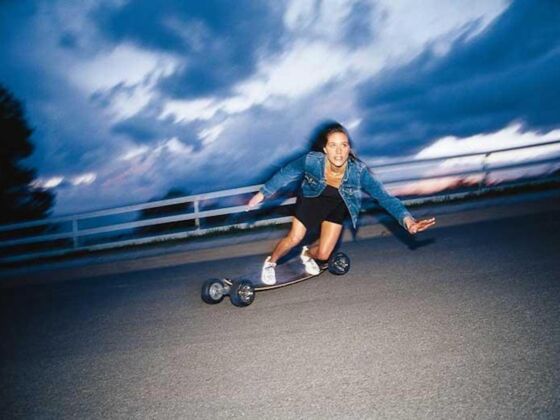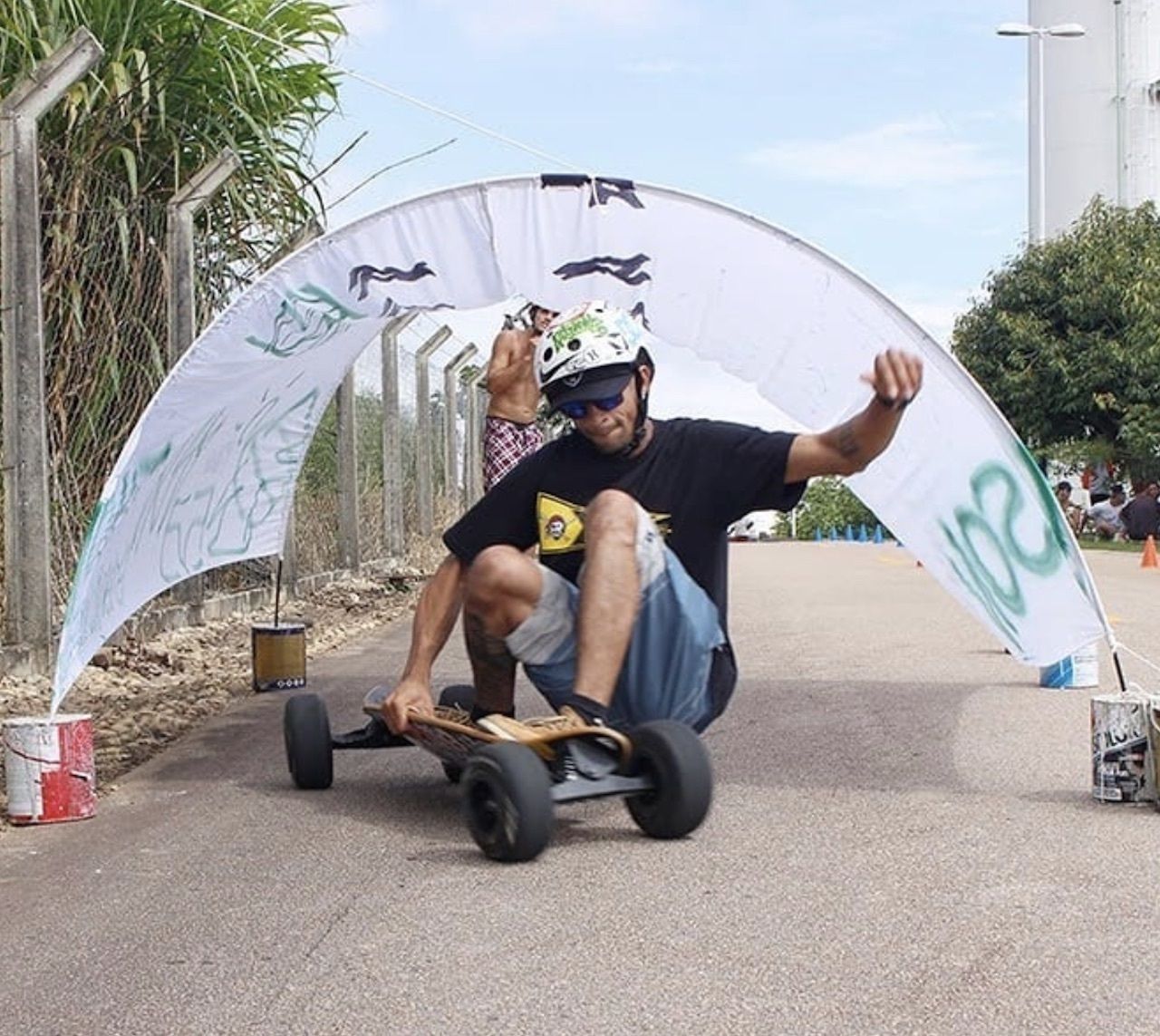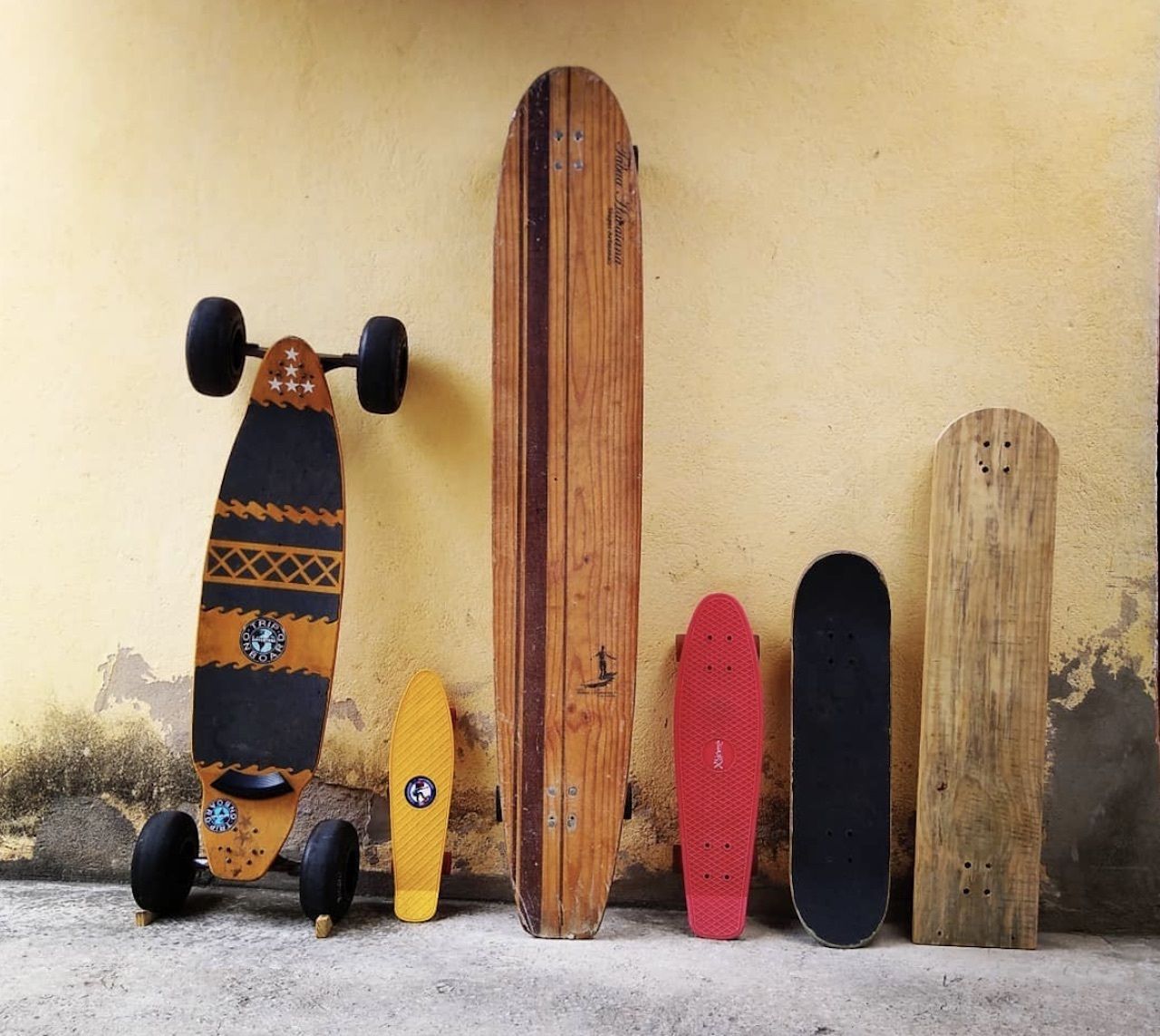2020 has made a lot of outdoor gear scarce, and a 25-year-old invention designed for surfers and snowboarders is no exception. Unfortunately, this year’s shortage of carveboards wasn’t entirely for the reasons you’d expect.
Ask a surfer or a snowboarder for a pet peeve of their sport, and the response is likely to include at least one of the following: flat days where the conditions aren’t rideable or overcrowding at their favorite spots.


